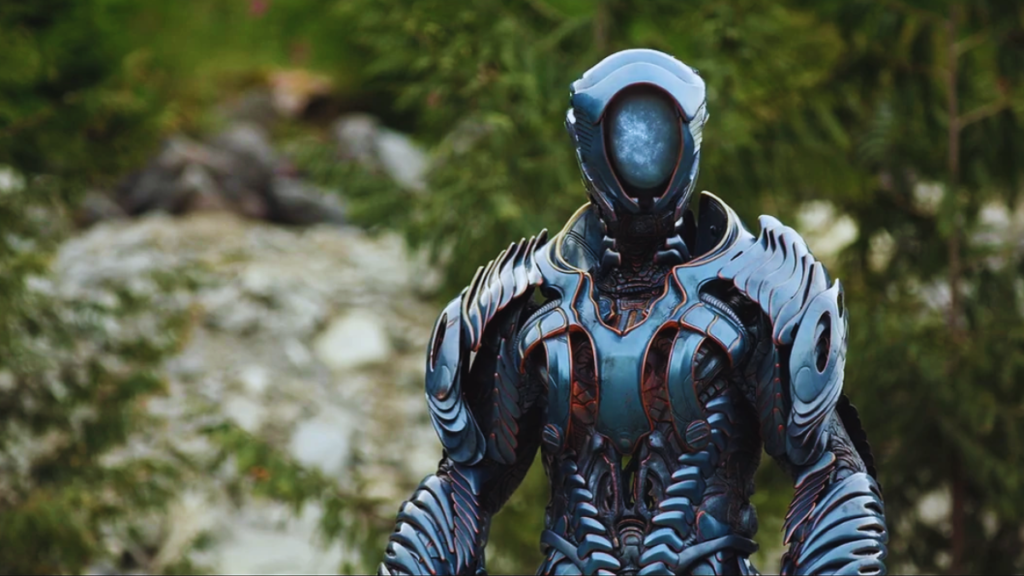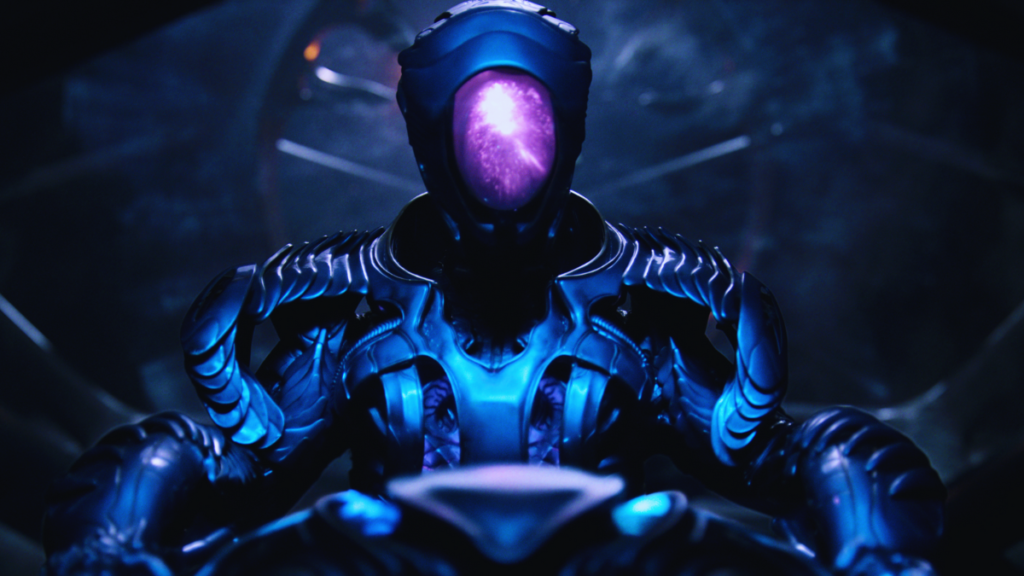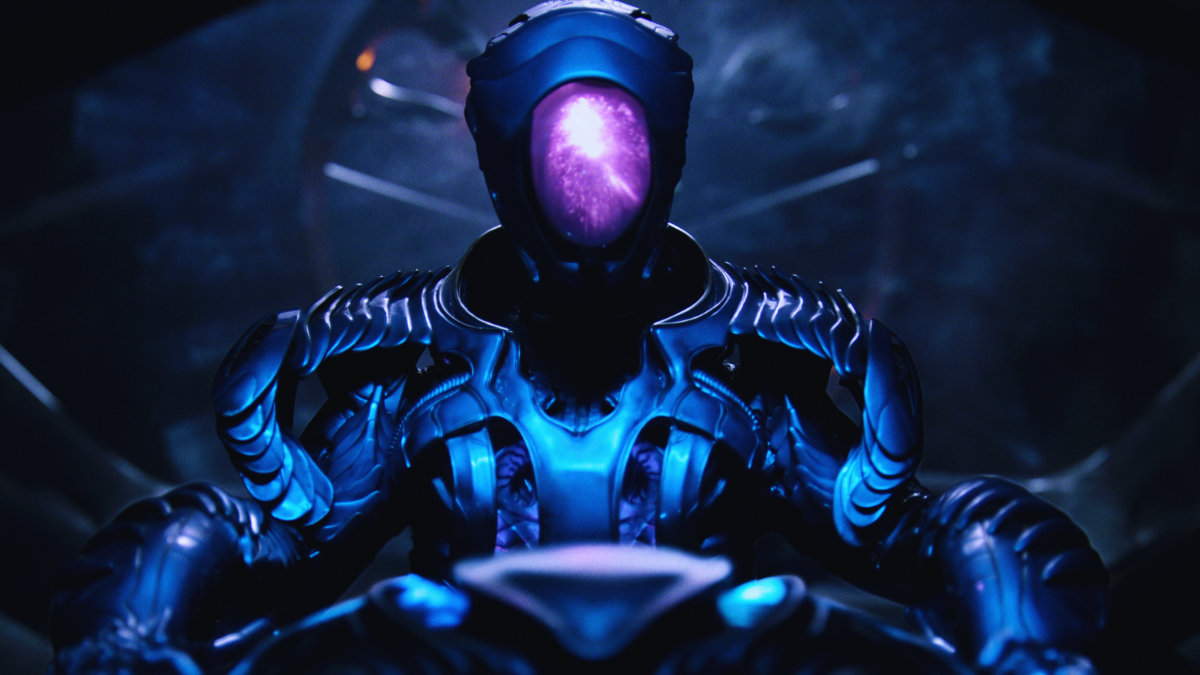The Robot, a central character in the Robot Lost in Space cinematic series, is not just an everyday mechanical person. In contrast to its conventional logo, the retro alien robot is from an enigmatic place and is also a complicated character of the human characters, especially Dr. Smith. Today, let us venture into the mysteries of the Lost in Space robot and establish its place in the story.
Alien Origins and Evolution
In the modern Lost in Space, the Robot is no more than a solid human creation, but a curious alien robot without any info about its beginning. This feature distinguishes it from the original Replica , thus making a more 3-dimensional story. The alien quality of the Robot raises the inquiry about its aims, scheme, and relationships with its creators inspiring a complex story of its reason of being.
What’s the story of space robots?
The tale of space robots goes hand in hand with our journey into space. Robots have been crucial in helping us explore and understand the universe better. Let’s look at some key robots:
- Sputnik 1 – 1957: The journey started with the USSR launching Sputnik-1 on October 4, 1957. This event was a big deal in the space race and showed the world what robots could do in space.
- Mariner 2 and 4 – 1962: Mariner 2, an unmanned spacecraft, successfully went around Venus in December 1962. Mariner 4, on the other hand, gave us proof that Earth could be observed from a spacecraft, highlighting the importance of robots in our exploration.
- Viking 1 and 2 – 1975: In 1975, NASA sent out two orbiters, Viking 1 and Viking 2, as part of the mission to study Mars. These robots provided us with valuable data and images, helping us learn more about the Red Planet.
- Dextre – Recent Years: In the last few years, the Canadian Space Agency introduced Dextre, a super cool robot designed for tasks on the International Space Station. Dextre helps with installing and replacing instruments, checking out new tools, and doing tricky space missions.
- Current Space Robots: Robots like Voyager 1 and 2, the Hubble satellite, Cassini, Curiosity, Opportunity, New Horizons, and others are busy collecting scientific data. These robots don’t just find cool science stuff; they also save lives by doing daring missions, making space exploration way better.
The history of space robots goes from early ones like Sputnik to modern robots like Dextre, making a huge impact in various space missions. These robots let us peek at planets and things far away, making us understand the universe better and preparing for more space adventures in the future.

What are the challenges of designing and building space robots?
Creating and constructing space robots requires a special layer of skills, which are derived from the intricacies of functioning in the extreme conditions of the Universe, which are beyond human control. Here are a few of the main obstacles encountered during the procedure:
- Harsh Space Environment: Space robots need to be able to withstand the extreme conditions of space like excessive radiation, extreme temperature regimes, microgravity, and a vacuum. Constructing robots that can operate smoothly in such circumstances without exhibiting any damage or technical failure represents a complex task.
- Communication Delays: Shipments communication lags in space and particularly for missions to distant celestial bodies such as Mars, a real-time robot control is a challenge. A lag, that can result from the time a signal takes to travel from the Earth to the robot, can complicate the immediate reactions to altering conditions, making robots be more autonomous and shrewd in making decisions.
- Reliability and Maintenance: Since the distances are huge while working in space, it is a daunting task on their part to maintain and repair robots. However, the reliability of space robots to work autonomously, mostly for long operational periods without human intervention, cannot be overemphasized. It is a primary goal to develop the systems that can monitor themselves, reconfigure them, and even repair themselves in the event of failures.
- Technological Limitations: The technical limits of today’s robotics technology issue the designing of robots capable of carrying out sophisticated work in space. To that end, eliminating these constraints in enhancing space robot potentials implies extensive improvements made in materials, sensors, actuators, and AI algorithms.
- Ethical and Legal Concerns: Debating space debris, planetary protection, and exploitation of resources are the ethical questions that arise due to the high pace of commercialization of space exploration. The formation of regulatory frameworks to tackle these issues and secure the responsible case for space robotics operation is vital.
- Autonomy and Decision-Making: Companion robots must be highly autonomous to move around uncharted environments, make commands with little instructions from humans, and adapt the plan for unplanned situations. Providing an AI infrastructure for robots to work autonomously, including guidelines for safety and performance, remains a challenging task.
- Power Sources: Among the most important tasks of space robots is the use of energy efficiency because of the narrow range of energy sources that exist in space. Designing an effective power system that can run the entire space robot mission for the needed period and accommodate all of their energy needs is a problem in the field of space robotics design.
In reality, developing and assembling space robots goes along with solving numerous problems connected with extreme environments, data transmission gaps, fault tolerance, old technologies, ethical questions, autonomy, energy sources, and so on. Solving these issues via innovation, collaboration, and the use of progress in technology is key for future robotic exploration missions that exceed the boundaries of the Earth in their mission parameters.
How have space robots evolved?
The robots in space, more effective than ever, demonstrate varied improvements in their performance and field of action. Here is an overview of how space robots have evolved based on the provided search results:
- Early Concepts – 4th Century BC to 21st Century: The concept of robots can be traced back to the 4th century BC when the Greek mathematician Archytas of Tarentum suggested that a steam-powered mechanical bird could propel a plane. Leonardo da Vinci’s 15th-century sketches contributed noticeably to the concept of a mechanical knight. Artificial intelligence (AI) technologies drove the development of humanoid robots during the start of the twenty-first century, including Robonauts, Manav, and Sophia.
- Initial Forms – Spacecrafts and Satellites: In 1957, space exploration began with the launch of Sputnik 1, the first artificial satellite. Consecutive missions, such as Mariner 2 & 4 and Viking 1 & 2, and also Voyagers 1 & 2, laid the groundwork for robotic expeditions in the solar system. The space robots improved and worked from satellites to more advanced units such as the Hubble Space Telescope, robotic arms like Dexter & Canadarms, and autonomous rovers named Curiosity and Opportunity.
- Recent Developments – Advanced Capabilities: The most novel capabilities of space robotics technology embrace the older ones involving satellite capture and servicing, space debris mitigation, large space structure construction systems, in-orbit refueling, and maintenance technology. Robots like MOXIE (Mars Oxygen In-Situ Resource Utilization Experiment) and Ingenuity (Martian helicopter) occasionally showcase the advanced technical potential of 21st-century spacecraft.
Future Prospects – Technological Innovations: We see excellent prospects for space robots in the form of space manufacturing robots, nanobots, nanosats, replicating robots, and swarm robots expected to bring a whole new revolution in space exploration and research. These inventions are targeted to deepen our knowledge of the space environment and to initiate rational decisions needed for human life off Earth.
With the passage of time, space robots develop themselves from ideas to complex devices, able to carry out tasks in space. Through perpetual technology evolution and groundbreaking developments, unmanned robots are anticipated to be the foremost robotics and mechanism that will define space exploration and beyond Earth settlements.
Robotic Crimes and Moral Dilemmas
The new Lost in Space series’ Robot is fascinating since it acts in a morally indefinite way. Unlike the old one, this alien robot goes beyond what is considered normal robot behavior, thereby challenging our preconceived notions of robotic ethics. While it can endanger human lives or get involved in confrontations with other robots, making decisions that border on heroism and villainy, the new robot puts the research of a cure for the disease in danger. This adaptation richly explores the character’s psyche and reflects on thematic issues of responsibility, determinism, and morality.
Emotional Bonds and Redemption
This aspect constitutes the heart of Lost in Space, represented by the love bond between Will Robinson and the Robot. Despite its alien species and sometimes bizarre behaviour, the Robot’s unconditional loyalty to Will is a clear indication of a profoundly emotional attachment beyond its programming. Bright is confronted with external threats and even internal conflicts, bringing out its best moments of bravery and sacrifice. These inspiring moments reveal the robot’s capacity to change and care.

The Ultimate Showdown and Heroic Acts
In the last episodes of season 3, viewers are immersed in an intense dramatic showdown between SAR (Second Alien Robot) and the Robinson family. It unfolds miraculously: the Robot transforms from the underdog to the hero, saving the day just in time for Will Robinson. This turning point marks the shift from the character of an enigmatic outsider to an indispensable defender, solidifying the Robot’s place on the front line of the survival battle.
Legacy and Speculation
The ending of the mini-series leaves viewers with lingering questions about whether the story of the Robot will continue and what influence it will have on future stories. SAR’s defeat at the end is a significant triumph, suggesting that the Robot’s tale may not be over, as unresolved conflicts and hidden potentials are hinted at. Speculation abounds with various possibilities for the reappearance of this peculiar character or the emergence of new challenges. This anticipation leaves fans eagerly awaiting more revelations about its progress.
Read more about – Narwal Robot: Revolutionizing Home Cleaning with Innovative Technology
Conclusion
To sum up, the robot from Lost in Space is not merely a mechanical crew member of the spaceship; beyond that, it exemplifies core themes of identity, loyalty, atonement, and sacrifice in an imaginary environment of the future. Its transition from being an alien creation to an improbable hero hints at a storyline packed with the depth of emotions and moral complexities, marking it as a superior character in the science fiction genre.
